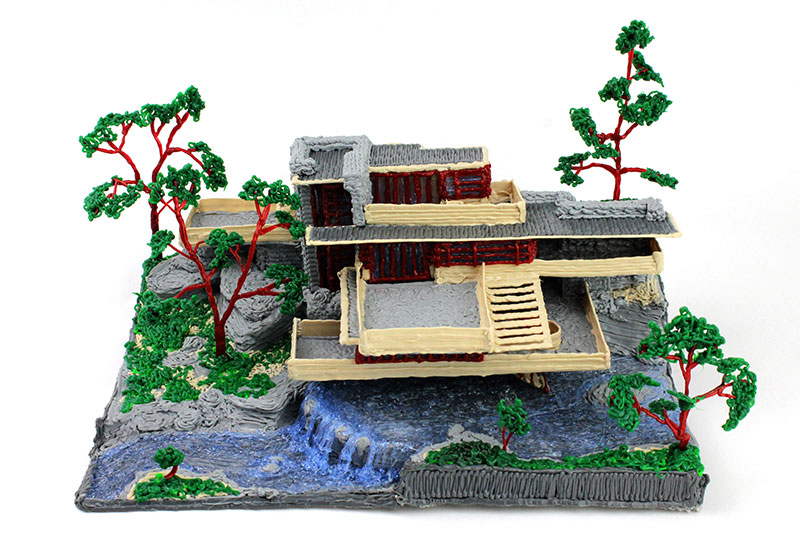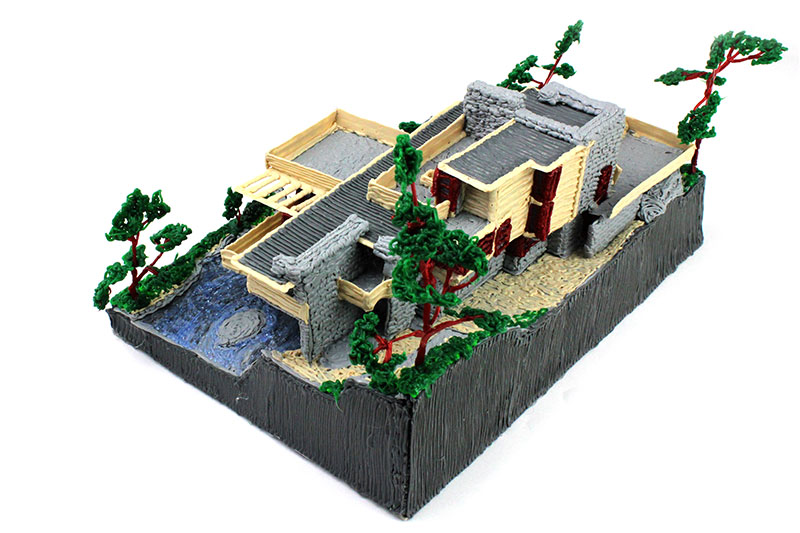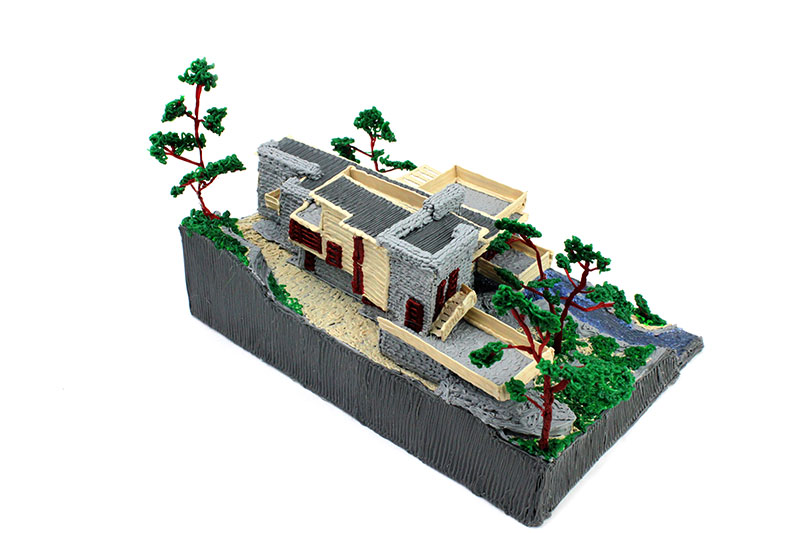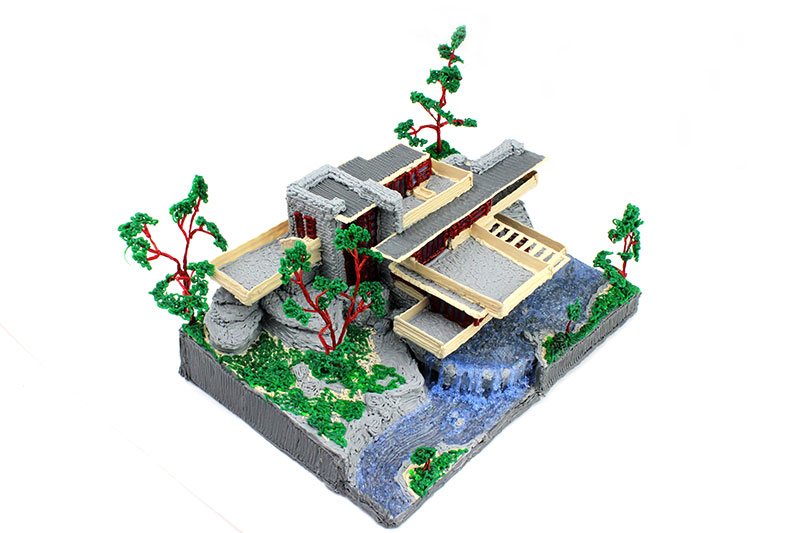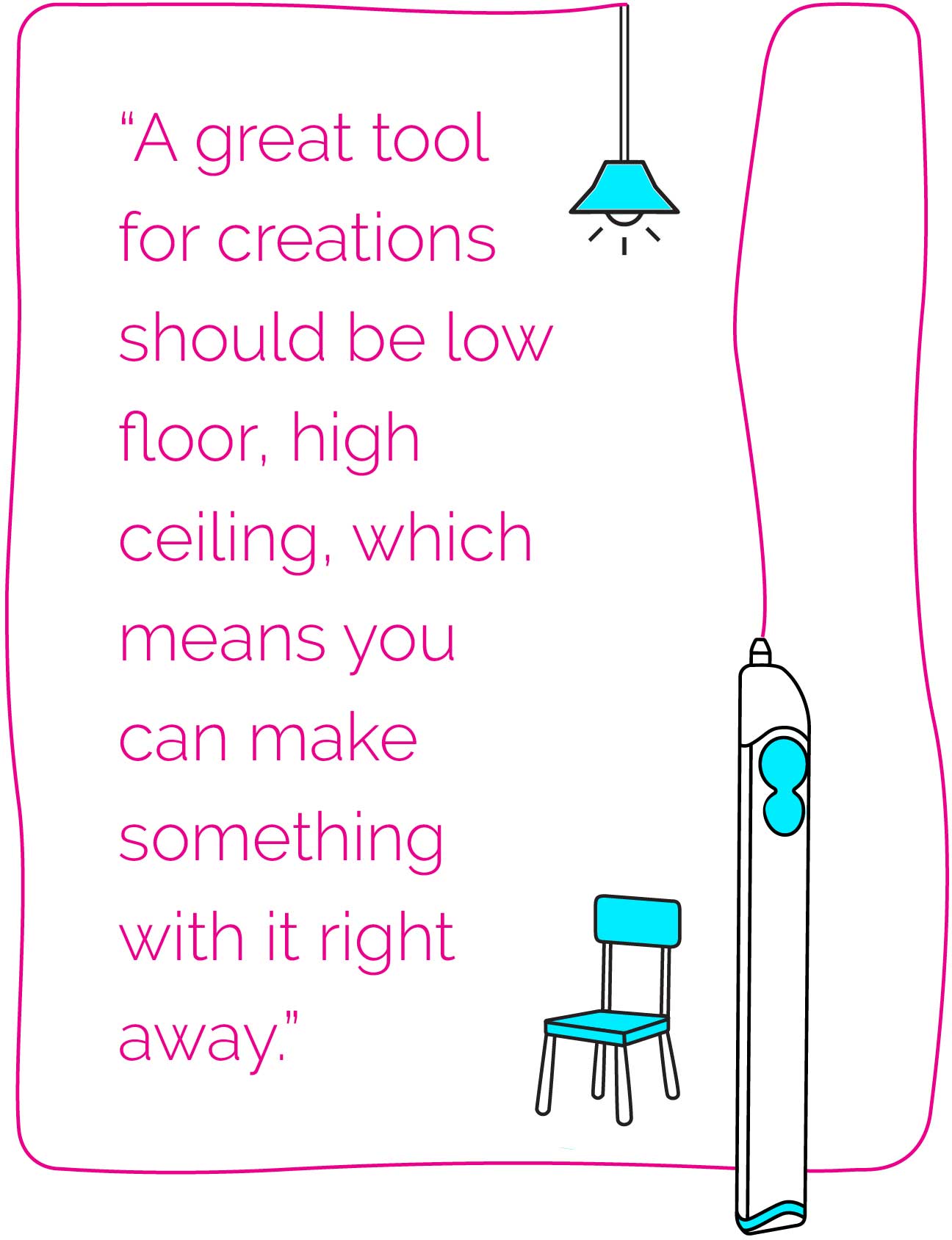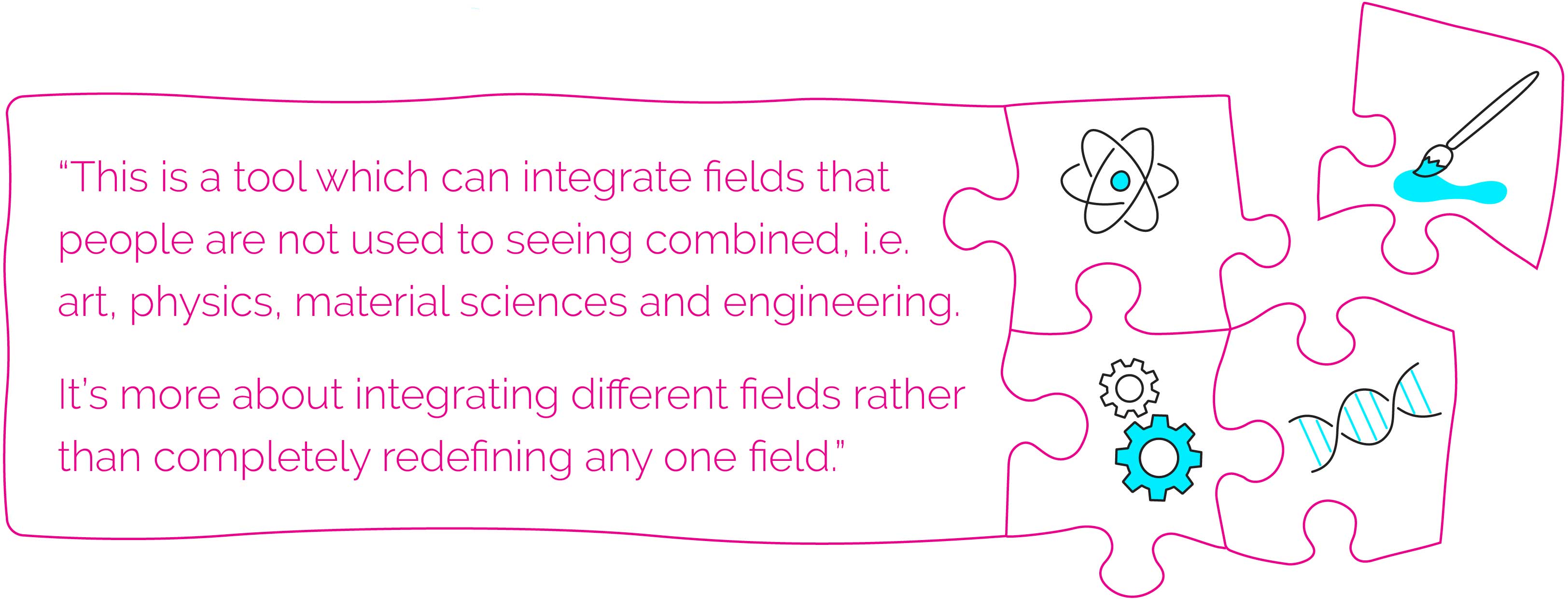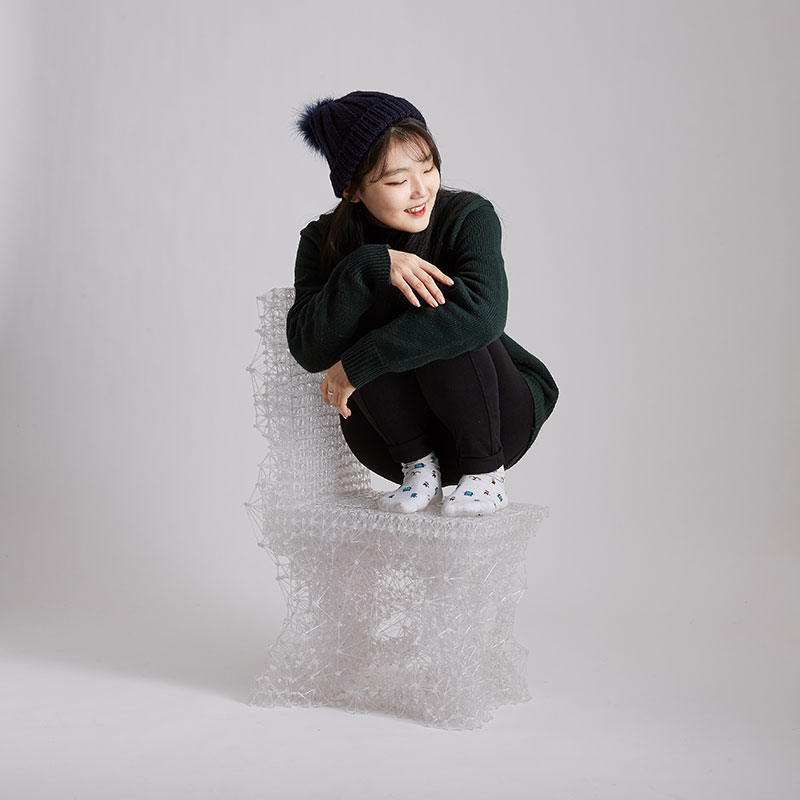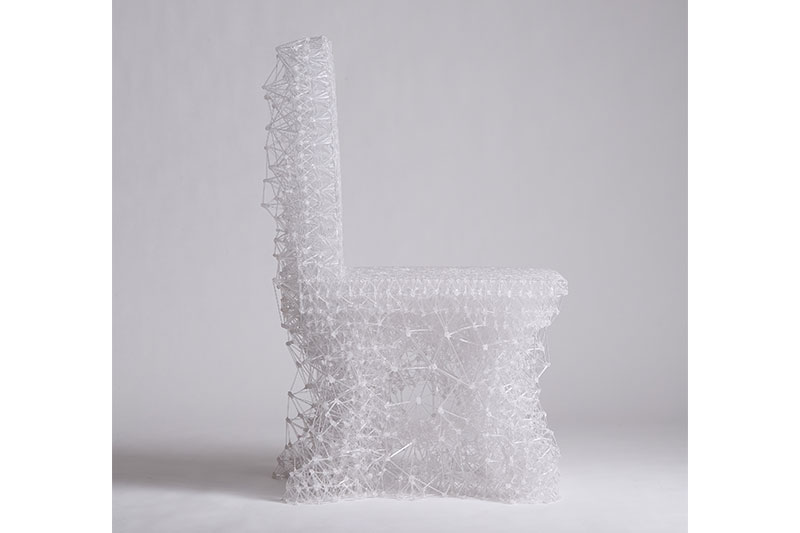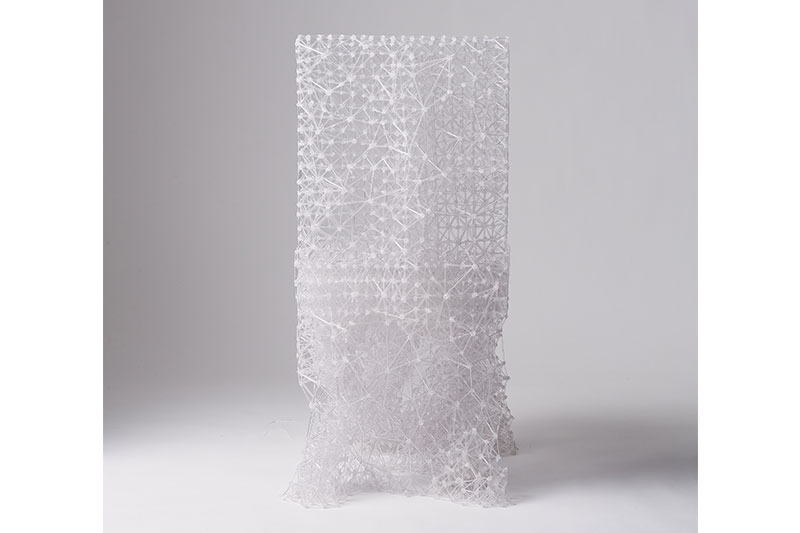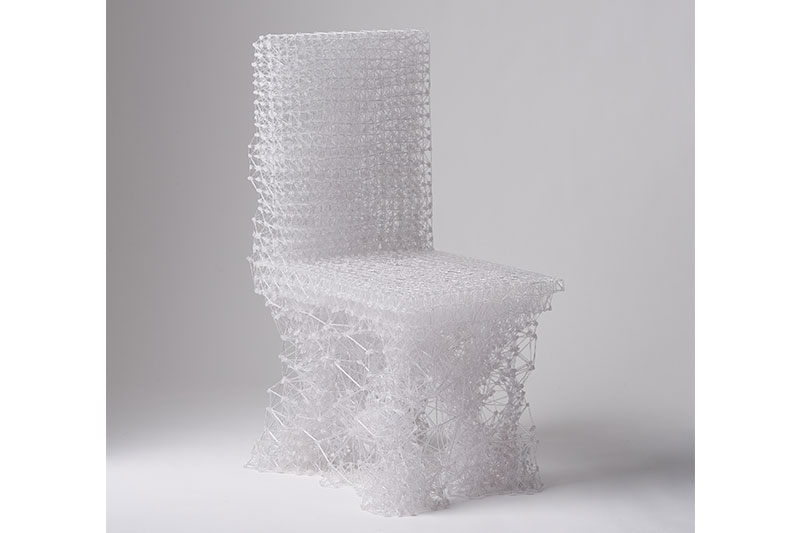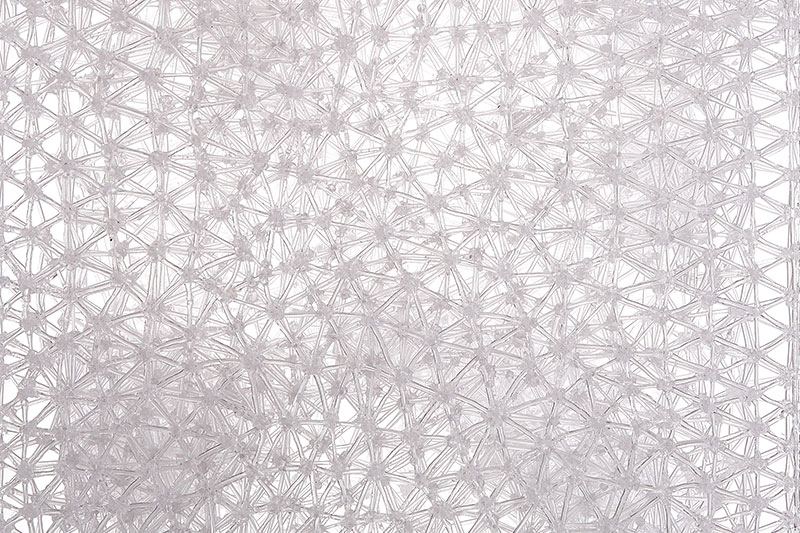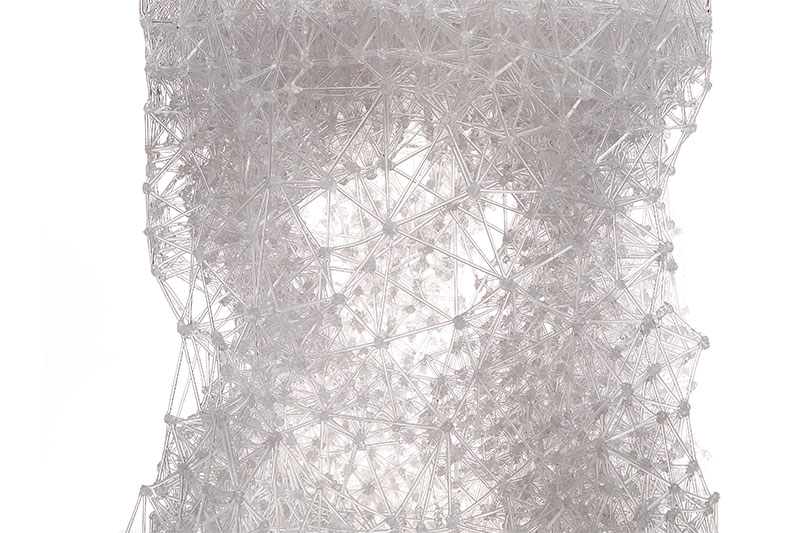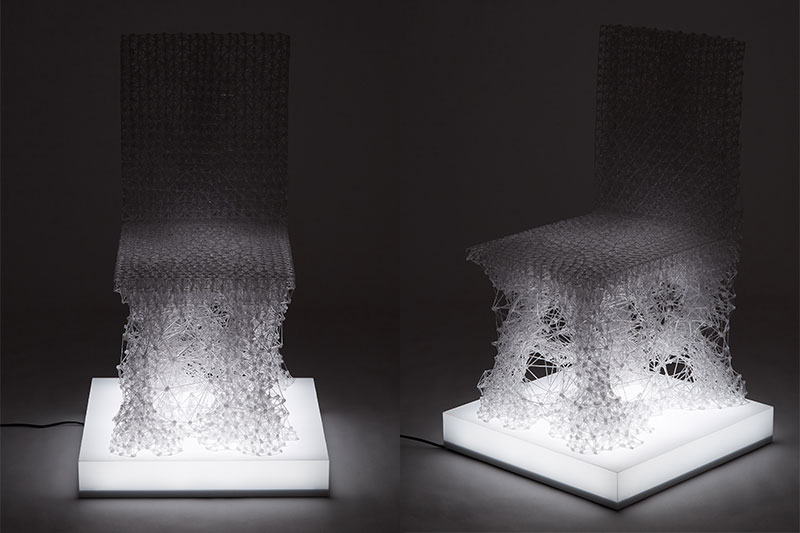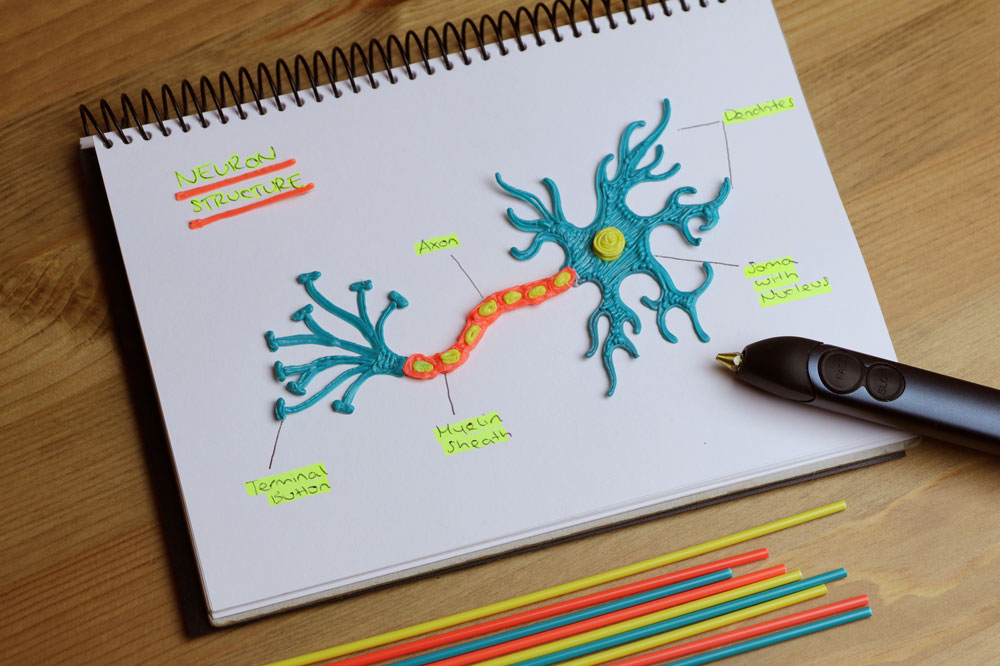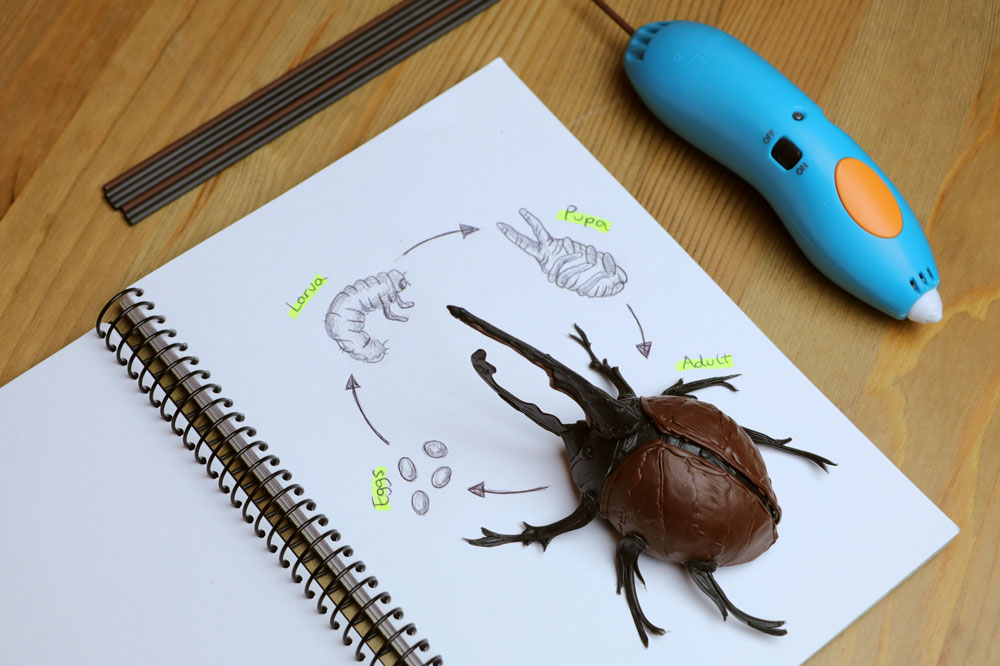Creating scale models is all about detail. To create stunning replicas that remain true to the original takes careful planning and precise execution.
Cornelia Kuglmeier knows just how detailed a Doodled model can be. An artist and teacher with a passion for architecture, Cornelia has successfully recreated several detailed models of world-famous buildings. In addition to creating a scale replica of the Sagrada Familia basilica in Barcelona, she’s also worked on miniature versions of iconic Modernist architectural masterpieces like the Farnsworth House and Fallingwater.
Cornelia says that when using the 3Doodler to create scale models, all it takes to get started is an idea, a steady hand, and a lot of patience.
Not Every Building Has Four Plain Walls
“You can choose any type of building you like,” Cornelia says, “or invent a new one!” Style, period, or complexity of the structure aren’t as important as your personal interest and passion.
If creating a unique building of your own design, Cornelia recommends making a draft of the building using 3D software first. “Make sure you have all the walls, the roof and the floor,” she says. “Show every side to have a good idea on what it will look like when it’s finished.”
When creating a replica of an existing building, it may be easier to know how the finished piece should look—but this also means execution must be precise. Cornelia says when making models of famous buildings, she always begins by finding a floor plan. “This is crucial!” she says. The floor plan allows for better construction, even if your main concern is how the outside of the building will look.
"You need a stencil for every side of every element of your building. Walk around it in your imagination and count corners and spaces for every floor. " Share
In addition, Cornelia says it’s important to find photos, plans or drawings for every side of the structure. “I also hunt for detailed pictures that show decoration or any other special things,” Cornelia reveals, as often these small additions can provide the key to capturing the essence of the architecture.
Detail may also determine the size of the model. “The more detail you want to show, the bigger your Doodled building will be,” Cornelia explains. “If necessary, simplify forms or leave out details that are less important.”
With floor plans, reference photos, and a concept of size and scale, you can begin to create your stencils. “You need a stencil for every side of every element of your building,” Cornelia says. “Walk around it in your imagination and count corners and spaces for every floor. Not every building has just four plain walls.”
Plain Edges and Clean Corners
When recreating any piece of architecture, an awareness of materials can be just as important as understanding the structure. “Dots, short strokes, thin, medium or thick plain lines, checkered spaces, zig-zag or chevron patterns—all result in different surfaces which can mimic different materials,” Cornelia explains.
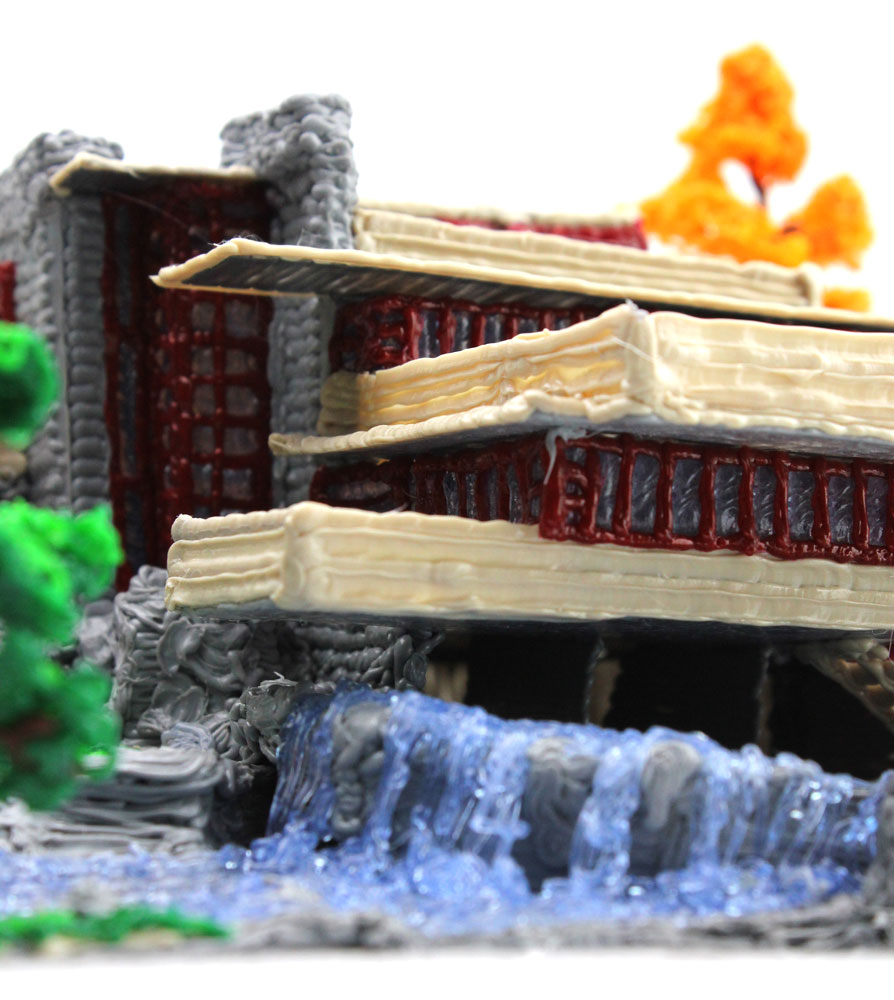
When creating a scale replica of Frank Lloyd Wright’s famous Fallingwater, Cornelia had to test a variety of techniques in order to achieve all the different textures which came from various construction materials and the natural environment around the house. The trick when creating a model is to experiment and test what your 3Doodler can do. “Choose what looks most similar to what you want to build.”
But precision is key when it comes to model building. “Plain edges and clean corners are essential to create fine rectangular buildings,” Cornelia says. “It helps to draw the outlines first and then fill in the spaces.”
For curved areas, Cornelia recommends finding something to use as a mould rather than attempting to Doodle free-hand. “Think about hot-airing a flat Doodled piece around a bottle, vase, or whatever you have that suits the size you need,” she says.
Time and Patience
When constructing your model, relying on a scaled version of the original floor plan can help ensure the form and shape are correct. Cornelia recommends working from bottom to top, and inside to outside, which is what she did when creating her scale model of the Farnsworth House, designed and constructed by Modernist architect Ludwig Mies van der Rohe.
“Try as much as possible to Doodle your pieces together at invisible spaces,” Cornelia says, “from the inside, from underneath, and so on.”

Cornelia says not to be afraid to use outside materials to clean up stray strands, like scissors, knives or other blades. When building any structure, having edges fit together is key to recreating an accurate portrayal of the final building.
But most important of all, says Cornelia, is time and patience. Precision is vital, and mistakes do happen. Enjoy the process, and keep the final result in sight. ![]()

